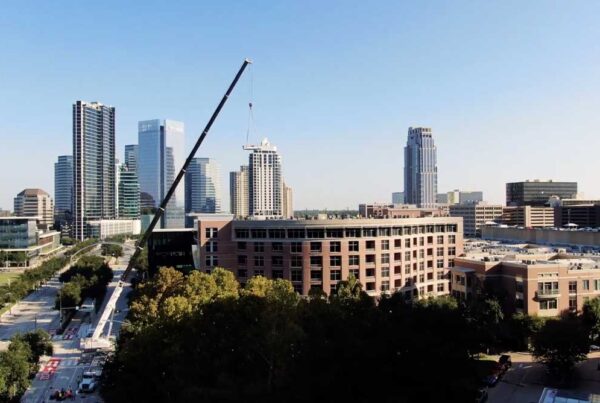A reserve fund study is a tool that allows for long term planning by identifying the condition of capital expense items and setting funds aside for those expenses based on their life expectancy. The reserve fund study is made up of two parts: the physical analysis and the financial analysis and is best completed by an independent consultant or an advanced management company who has experience in this area, both are easily found in the Houston area. Normally capital expenses are identified as items where replacement and/or repair is a major long term expense and is not easily budgeted for in your standard operating budget.
Benefits of a reserve fund study
A reserve fund study provides important information to the maintenance department of what major expenses can be expected and even a possible time frame for when those expenses might occur. The reserve fund study also provides owners and perspective buyers a snapshot of the condition of common area critical components and the level of financial prep that has been done to avoid last minute assessments when they fail.
A growing number of states, (30) at this time, require some form of reserve planning or disclosures. While Texas is not one of the states requiring this type of planning by law, it is still highly recommended. Houston condo buyers are savvy buyers who will require this type of planning. In fact, for a condo complex to be considered Fannie Mae or FHA insured loans they must demonstrate that they have a minimum of 10% of the total budget dedicated to reserve contributions plus they may ask the property to provide a reserve fund study that is no more than 24 months old.
Reserve contributions are normally one of the largest budget line items and often account for 15-40% of the total budget. Again, the importance of a reserve fund study to you is the help it provides in making sure your condominium project is acting in a fiscally responsible manner that will result in little to no surprises for you as an owner.
Funding methods for a reserve fund study
There are two basic funding methods for reserve funds and they are “Cash Flow” or “Straight Line”, with cash flow being the most popular due to its flexibility which allows it to operate with all four of the following funding objectives. The four funding objectives being: full funding, threshold funding, baseline funding and statutory funding. Of these four, baseline funding is most likely to have higher probability of special assessments or deferred maintenance.
Types of reserve fund studies
There are actually three types of reserve fund studies and each association needs to determine which better meets their budget preparation and disclosure needs:
- Full Reserve Study-This is the most complex and involves listing all components and measuring reserve components for Useful Life, Remaining Useful Life and Current Replacement Cost. This will be done by a vigorous onsite inspection of all components. Fortunately, this type of reserve study normally only needs to be done once and a less time consuming method can be used for subsequent years.
- Update with Site Visit Reserve Study-Performed every two to five years, this reserve study assumes that all components have been identified by a full reserve study and thus is much quicker.
- Update No Site Visit Reserve Study-This type of study is normally done by just visiting with maintenance personnel, vendors and owners to determine if any conditions may have changed.
What should you do to insure a Reserve Fund Study is in place?
To read in more detail about reserve fund studies click here. Then, call your management company or condo association board today and make sure that they have a current Reserve Fund Study in place and are keeping it current year to year. Make certain the budget for your condo association includes a reserve fund line item that is at minimum equal to 10% of the annual budget. Don’t get caught with high unexpected assessments, when you can act today and protect your property.






